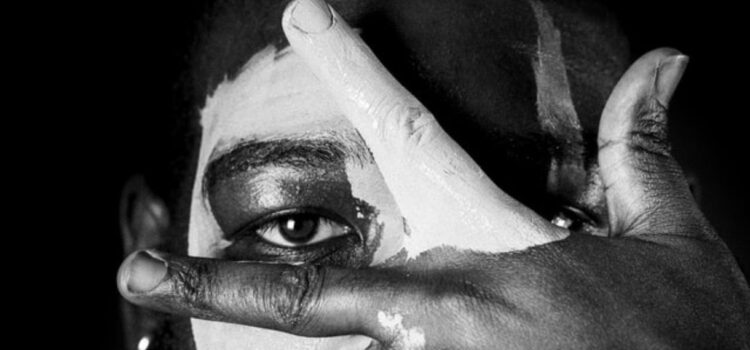

This article is an excerpt from the Shortform book guide to "Stamped from the Beginning" by Ibram X. Kendi. Shortform has the world's best summaries and analyses of books you should be reading.
Like this article? Sign up for a free trial here.
What did Du Bois mean by “double consciousness”? How did the idea of double consciousness influence racial theory?
The concept of “double consciousness” was introduced by W.E.B. Du Bois in his work The Souls of Black Folk published in 1903. The idea of double consciousness is important because it put the position of Black people in post-slavery America into perspective and encouraged other critical theorists to develop it further.
Keep reading to learn about Du Bois’s double consciousness theory and what it meant in the context of post-slavery America.
What Is Double Consciousness?
W.E.B. Du Bois was a Black scholar and activist who spent much of his life promoting both antiracist and assimilationist ideas before adopting an uncompromising antiracist stance in his later years.
In his early, most influential work The Souls of Black Folk, Du Bois reveals a tension between racist and antiracist thought. Kendi cites Du Bois’s double-consciousness theory—the idea that Black Americans simultaneously see themselves through their own eyes and through the eyes of a racist white world. Kendi argues that this idea is both antiracist (because it validates Black peoples’ experiences and points of view) and assimilationist (because it reinforces the idea that Black people should always be on their best behavior in order to impress white onlookers).
This assimilationist tendency led Du Bois to promote the idea of the Talented Tenth—the highest-achieving 10% of the Black population. Du Bois argued that highly educated Black people should seek public office and business leadership so as to lead their less accomplished racial brethren to a better life. By stepping into the public spotlight, Kendi says, Du Bois believed that elite Black people would set an example for their own race and prove Black worth to white racists.
(Shortform note: Kendi’s treatment of double consciousness fails to capture its rich philosophical and psychological depth. In fact, the idea of double consciousness has inspired generations of scholarship on race and ethnicity. For example, in The Black Atlantic (1993), Paul Gilroy reinterprets double consciousness to argue that there’s a unique Black culture that combines elements of African, American, Caribbean, and British cultures—a claim that has little to do with Kendi’s description of double-consciousness as a dichotomy between antiracism and assimilationism.)

———End of Preview———
Like what you just read? Read the rest of the world's best book summary and analysis of Ibram X. Kendi's "Stamped from the Beginning" at Shortform.
Here's what you'll find in our full Stamped from the Beginning summary:
- How enslavers convinced themselves that slavery benefited slaves
- Why most antiracist reformers harbored racist thoughts
- How to achieve an antiracist society






